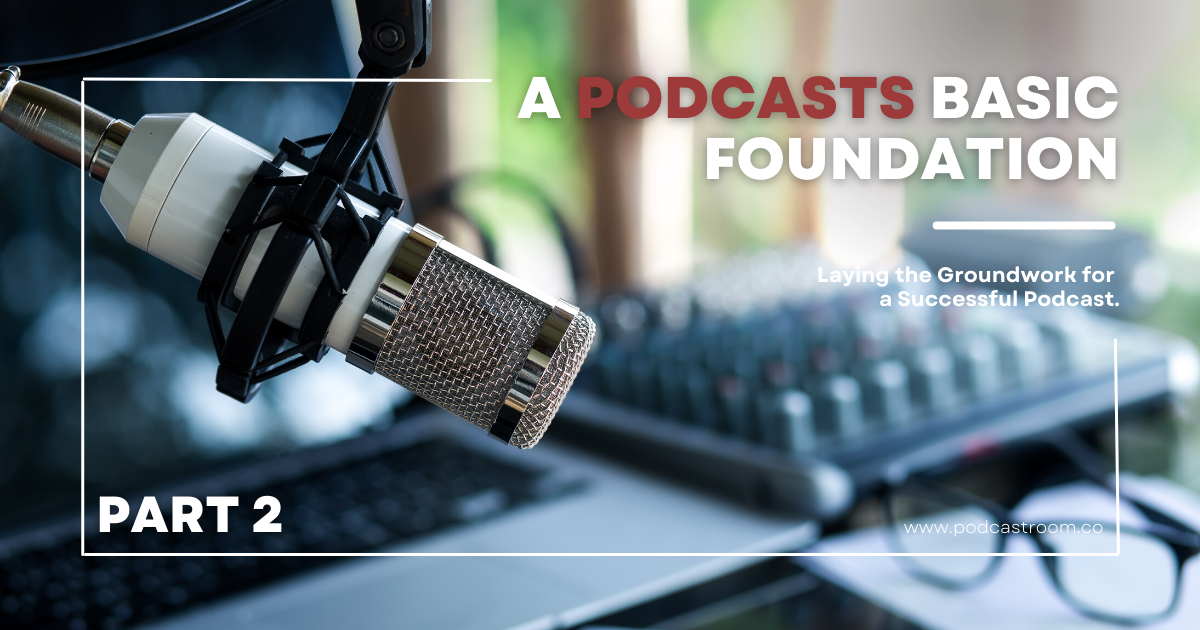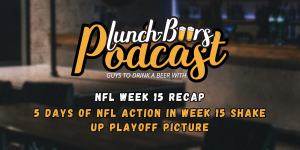Defining Your Niche
Finding Your Voice in the Podcasting Landscape – In the vast sea of podcasts, how do you ensure your content stands out? The key lies in specificity: carving a unique space that resonates deeply with a certain group. This doesn’t mean narrowing your potential audience; rather, it’s about deepening your connection with listeners who share your passion or curiosity.
A well-defined niche ensures your content remains focused. It guides not only your episode topics but also your marketing strategies, helping you reach those most likely to engage with your content.
For instance, instead of a generic “health and fitness” podcast, consider zeroing in on “mindful eating practices” or “endurance training for seniors.” Such specificity can make your podcast a go-to resource for that particular topic, attracting a loyal and engaged listener base.
Format & Style Choices
Crafting the Framework of Your Podcasting Journey – Once you’ve identified your niche, the next pivotal decision revolves around your podcast’s format. This is the structural backbone of your content, influencing everything from episode planning to listener expectations.
- Interview-Based: This format typically involves the host inviting a guest for each episode. It’s an excellent choice if you want to draw on external expertise and perspectives. Popular podcasts like “The Tim Ferriss Show” adopt this approach.
- Narrative: Story-driven, these podcasts weave a tale or investigation across episodes. Think of “Serial” or “This American Life” that rely on storytelling techniques, often accompanied by sound effects and music.
- Solo: Here, the host drives the entire content, often diving deep into specific topics. It’s ideal for experts or thought leaders wanting to share insights, though it demands strong content planning to keep listeners engaged.
- Panel Discussions: A group of individuals discusses topics, often from varying viewpoints. This format is lively and dynamic but requires careful management to ensure clarity and balance.
Your format should resonate with both your content and your personal strengths. For instance, if you’re a captivating storyteller, a narrative format might be your best bet.
Planning Content
Laying Out the Blueprint for Consistent and Engaging Episodes – Even the most passionate podcaster can falter without a clear roadmap. Planning is paramount.
- Episode Topics: Start by brainstorming potential episode ideas. For interview podcasts, create a wishlist of guests. For narrative ones, sketch out the storyline. Always ensure your topics align with your niche and cater to your target audience’s interests.
- Episode Length: While there’s no strict rule, consistency is key. Whether you choose a breezy 15-minute format or an in-depth 60-minute dive, try to maintain similar lengths across episodes. This sets clear expectations for your listeners.
- Posting Schedule: Decide on your release frequency. Weekly? Bi-weekly? Monthly? Consistency not only helps in building a routine for your listeners but also creates discipline for you as a creator. Remember, it’s better to commit to a realistic schedule rather than starting ambitiously and losing steam.
Furthermore, having a content calendar can be invaluable. It allows you to plan episodes around specific events, holidays, or trends, ensuring your content remains relevant and timely. Embarking on a podcasting journey requires more than passion; it demands clarity and foresight. By defining your niche, choosing the right format, and meticulously planning your content, you set the stage for a podcast that not only resonates with listeners but also stands the test of time.
In a following post titled “Podcasting Equipment: Behind the Scenes of Essential Tools and Software”, we dive into the basic equipment needed to jump start your podcast and stand out over all others.
For more information on how to get started with The Podcast Room, please reach out to info@podcastroom.co






Pingback: Podcasting 101: What is Podcasting and Why Does it Matter?